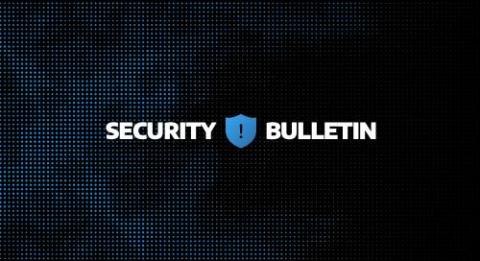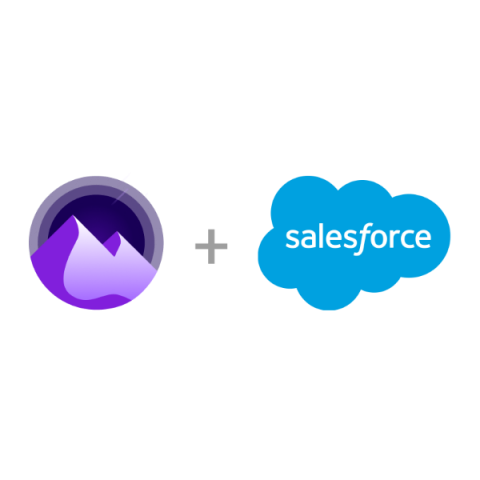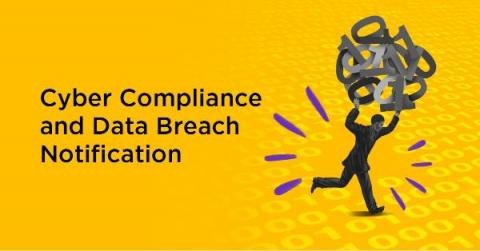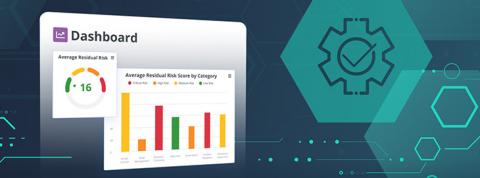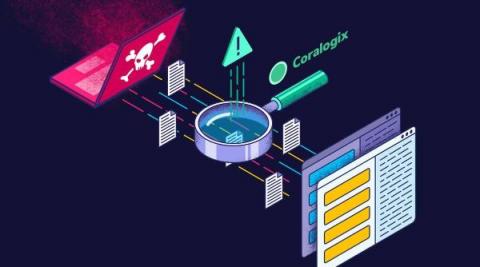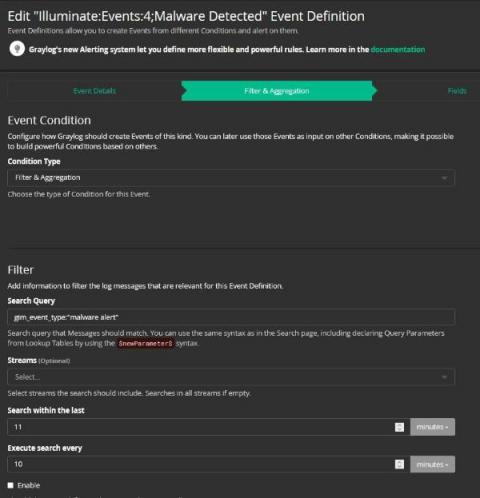The Public Sector Has the Highest Proportion of Security Flaws of Any Industry
We recently launched the 12th annual edition of our State of Software Security (SOSS) report. To draw conclusions for the report, we examined the entire history of active applications. For the public sector data, we took the same approach. We examined the entire history of applications for government agencies and educational institutions. We found that the public sector has the highest proportion of security flaws of any industry.




